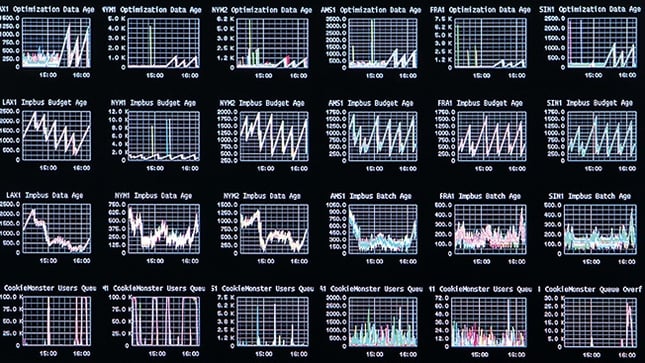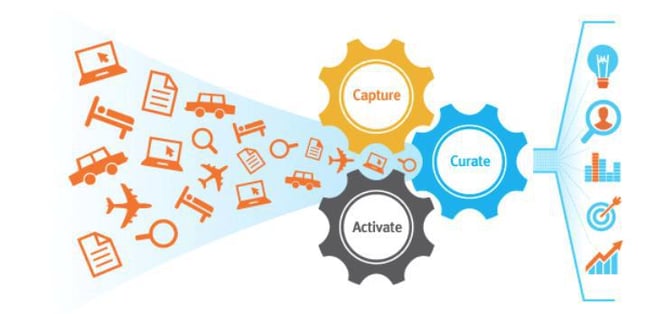Simply diving into a programmatic advertising strategy without any kind of plan based on previous data is like jumping head first into a lake with no idea what's waiting for you at the bottom. While you might land on a pile of bouncy cushions, there's also the risk that you could fall onto a host of venomous snakes ready to eat you alive.
Unfortunately, a lot of marketers forget about the importance of data strategies when it comes to informing their programmatic media purchases. Following, we're going to look closely at what programmatic media buying is, and why you should always create a comprehensive strategy based on essential data if you want to make the most of your campaign, and your advertising budget.
The Link Between Programmatic Media Buying and Data
Programmatic Media Buying is a form of advertising that refers to the purchase and sale of advertising space conducted in real time. During a programmatic media buying campaign, software will be used to automate the purchase, placement, and optimization of specific media using a bid-based system.
So, what does this have to do with data?
Programmatic buying can be an incredibly effective way to ensure that you have a positive impact on your preferred customers from a wide collection of different platforms. Done correctly, it can give you the information you need to purchase adverts that are more likely to prompt conversions from your customers, and therefore enhance your bottom line.
First-party data which can be collected directly from customers, is a byproduct that comes from every interaction an individual has with your brand. Every time a customer clicks on your banner ads, or fills out a form on your website, they're leaving crucial data behind. With that data, you can figure out exactly which advertisements are having the biggest impact on your audience, and which measures are less successful for your company.
Data helps you to better understand your audience, and that means that you'll be prepared to create a marketing strategy that best addresses their needs and concerns. Implementing a data strategy into your programmatic media buys can be as simple as following three essential steps.
Step 1: Establish Your Goals
When you collect data from your target customers, the chances are you'll find out a lot of different information. Some of it will be useful to your overall goals, whereas other information might not be as valuable. Figuring out what you want to accomplish with your programmatic media buying efforts will help you to pinpoint which parts of your customer data you will need to use to inform your future strategy. For example, if your primary goal is to increase click-throughs to your website, then you can use the data you have gathered to see which platforms and ads deliver the most click-throughs. Alternatively, if you need to lower your budget spend, you could use data to see which advertisements give you the best ROI.
It's not enough simply to have data at your disposal, you'll also need to know how to pull useful insights from that information and use those insights to adjust your future strategies.
Step 2: Understand Your Customers
Data without insights is useless. The goal of your digital marketing strategy should always be to identify your most valuable customers, segment them into the correct groups, and design marketing strategies that have been optimized to their behavior.
The data that you gather from your programmatic media buying strategies will help you to inform future buying efforts by giving you an insight into which purchases best appeal to the right audience for your company. You might find that certain demographics are drawn to particular websites, or that the use of particular words and phrases are more appealing to valuable customers. All this information is actionable, and can be implemented into your future programmatic buys.
Step 3: Plan How You Will Collect Future Data

Finally, gathering data for your programmatic media buying strategy shouldn't be a one-time measure. People, and their preferences can change at a rapid speed, and it's up to you to keep on top of the latest trends surrounding your marketing efforts.
Plan for how you will gather and manage the data that you collect in the future, and determine whether you might need additional help in making the most out of the logistical feedback that you receive. Once you have started to get your hands on the right information, it's crucial to make sure that you're using it properly to help your media buying strategies grow, and become more efficient.







